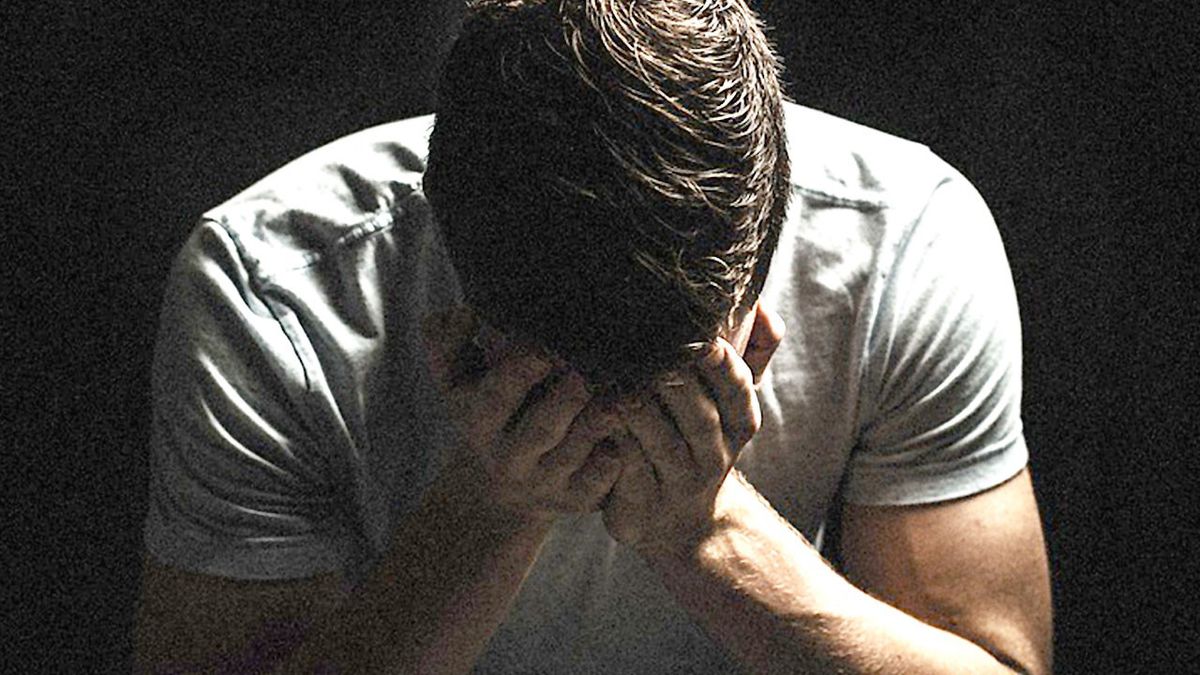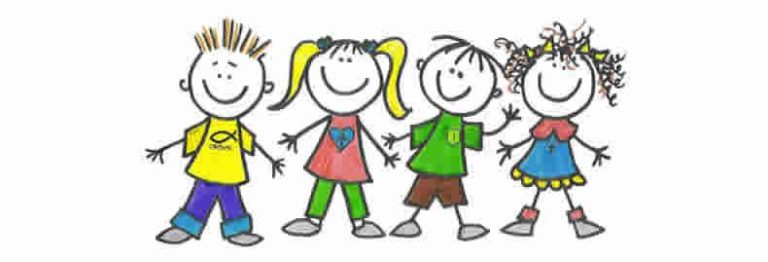What is Seasonal Affective Disorder?
Seasonal affective disorder* is a form of depression also known as SAD, seasonal depression or winter depression. In the Diagnostic Manual of Mental Disorders (DSM-5), this disorder is identified as a type of depression – Major Depressive Disorder with Seasonal Pattern.
People with SAD experience mood changes and symptoms similar to depression. The symptoms usually occur during the fall and winter months when there is less sunlight and usually improve with the arrival of spring. The most difficult months for people with SAD in the United States tend to be January and February. While it is much less common, some people experience SAD in the summer.
SAD is more than just “winter blues.” The symptoms can be distressing and overwhelming and can interfere with daily functioning. However, it can be treated. About 5 percent of adults in the U.S. experience SAD and it typically lasts about 40 percent of the year. It is more common among women than men.
SAD has been linked to a biochemical imbalance in the brain prompted by shorter daylight hours and less sunlight in winter. As seasons change, people experience a shift in their biological internal clock or circadian rhythm that can cause them to be out of step with their daily schedule. SAD is more common in people living far from the equator where there are fewer daylight hours in the winter.

Symptoms and Diagnosis
Common symptoms of SAD include fatigue, even with too much sleep, and weight gain associated with overeating and carbohydrate cravings. SAD symptoms can vary from mild to severe and can include many symptoms similar to major depression, such as:
- Feeling sad or having a depressed mood.
- Loss of interest or pleasure in activities once enjoyed.
- Changes in appetite; usually eating more, craving carbohydrates
Change in sleep; usually sleeping too much. - Loss of energy or increased fatigue despite increased sleep hours.
Increase in purposeless physical activity (e.g., inability to sit still, pacing, handwringing) or slowed movements or speech (these actions must be severe enough to be observable to others). - Feeling worthless or guilty.
- Difficulty thinking, concentrating, or making decisions.
- Thoughts of death or suicide.
- SAD may begin at any age, but it typically starts when a person is between ages 18 and 30.
If you feel your depression is severe or if you are experiencing suicidal thoughts, consult a doctor immediately or seek help at the closest emergency room. National Suicide Prevention Lifeline – 800-273-TALK (8255).
We are available to help if you have questions or concerns about your mental health & symptoms during this time of added change and stress. , we can help you and your loved ones. We are receiving new patients www.DoctorTaylor.Org





I was recommended this website by my cousin I am not sure whether this post is written by him as nobody else know such detailed about my trouble You are amazing Thanks